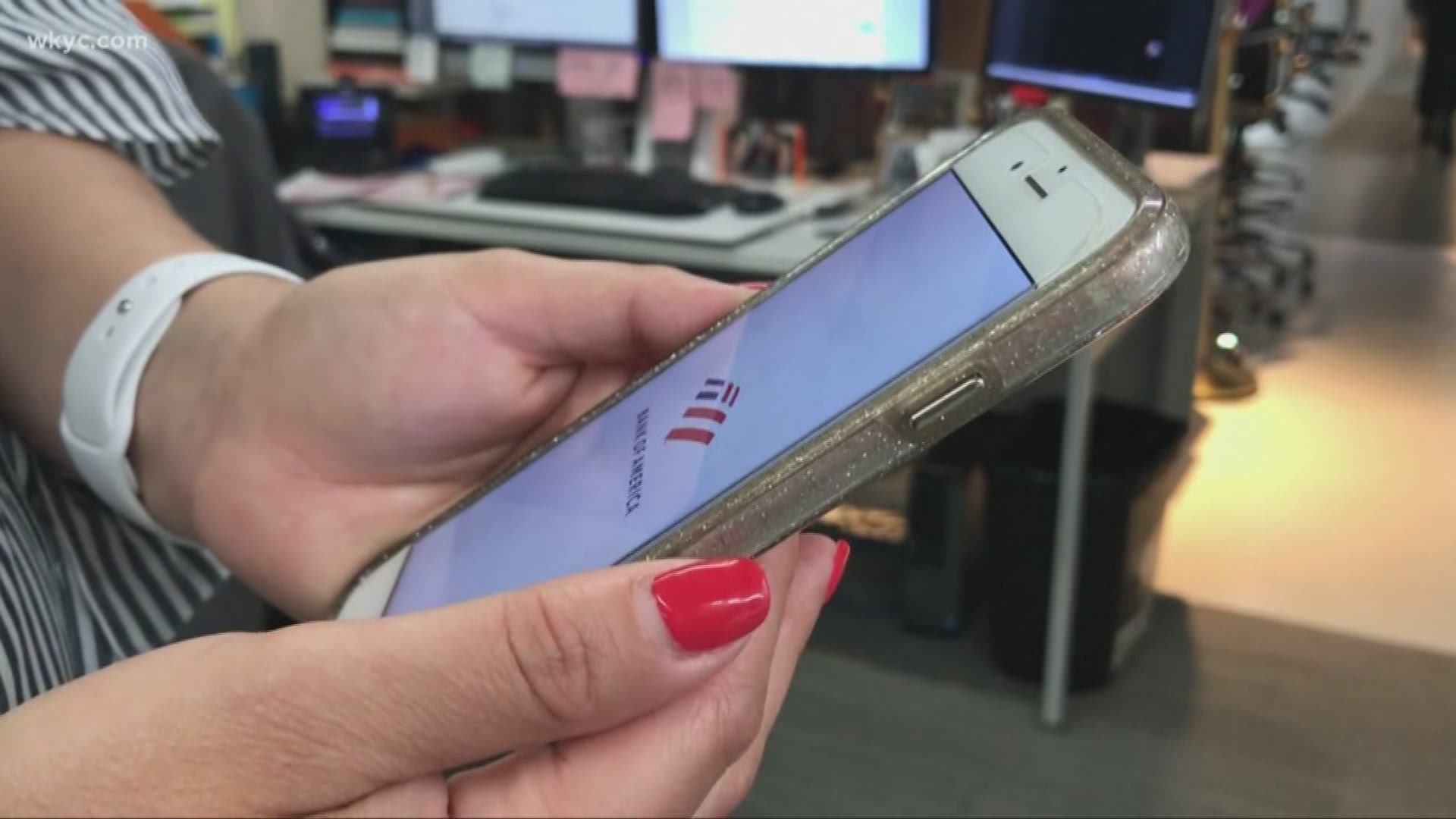CLEVELAND — Smart phones in the hands of crafty criminals can cost you big time.
If you have mobile banking, odds are you have Zelle, a program built into your banking app.
If you're not familiar, here's how it works: The app is linked to your bank account. All you need to send money is someone's email address or phone number. Just press "send" and the cash is transferred.
Unlike other apps, this happens in minutes, not days. However, there are people across the country who say hackers used Zelle to drain their bank accounts:
- Brenda Rex had $3,000 pulled out of her account
- Todd Mitchell lost $190
- Linda Kim was out $1,500
- Stephan Black was $4,700 in the red
- For Troy Hopkins? $6,400 disappeared
Columbus, Ohio resident Chrysanthi Rausch lost $1,500. She says thieves called from an 800 number that appeared to be her bank's fraud department and tricked her into sharing personal banking information.
"They wanted me to verify my identity through a text code," Rausch said. "That six numbers was what they needed to access my account."
Cyber security expert Bob Sullivan says what makes Zelle so fast and convenient is also what makes it so alluring to criminals.
"The quicker the transaction is, the quicker a criminal can steal," he explained. "This is almost engineered for crime."
Yuval Brisker is CEO of Cleveland-based Mezu—another payment app, and he agrees what what Sullivan has seen.
"I think a lot of crime has moved online, and I am talking small crime as well as large crime," he told us. "What we've learned—very clearly—is that for anything that you might do that is sophisticated, there's going to be people out there who are going to break it."
Zelle declined to be interviewed on camera, but in a statement said they and their banking partners "apply layers of protection, including identity verification, multi-factor authentication, send limits and real-time fraud alerts." The company added, "As with all digital payment technologies that provide consumers with greater convenience, here exists the potential for fraud."
Federal law requires banks to reimburse you for this kind of fraud. Even so, Rausch says she had to push to get her money back, and adds it's time for victims to speak up.
"I think it's really important for everyone to know they're vulnerable," she said.
Experts say the number one thing you can do to reduce your chances of a scam like this is to change your security settings to enable two-factor authentication. It's a second step to verify who you are, like a text with a code.
Here are some more tips on staying safe:

